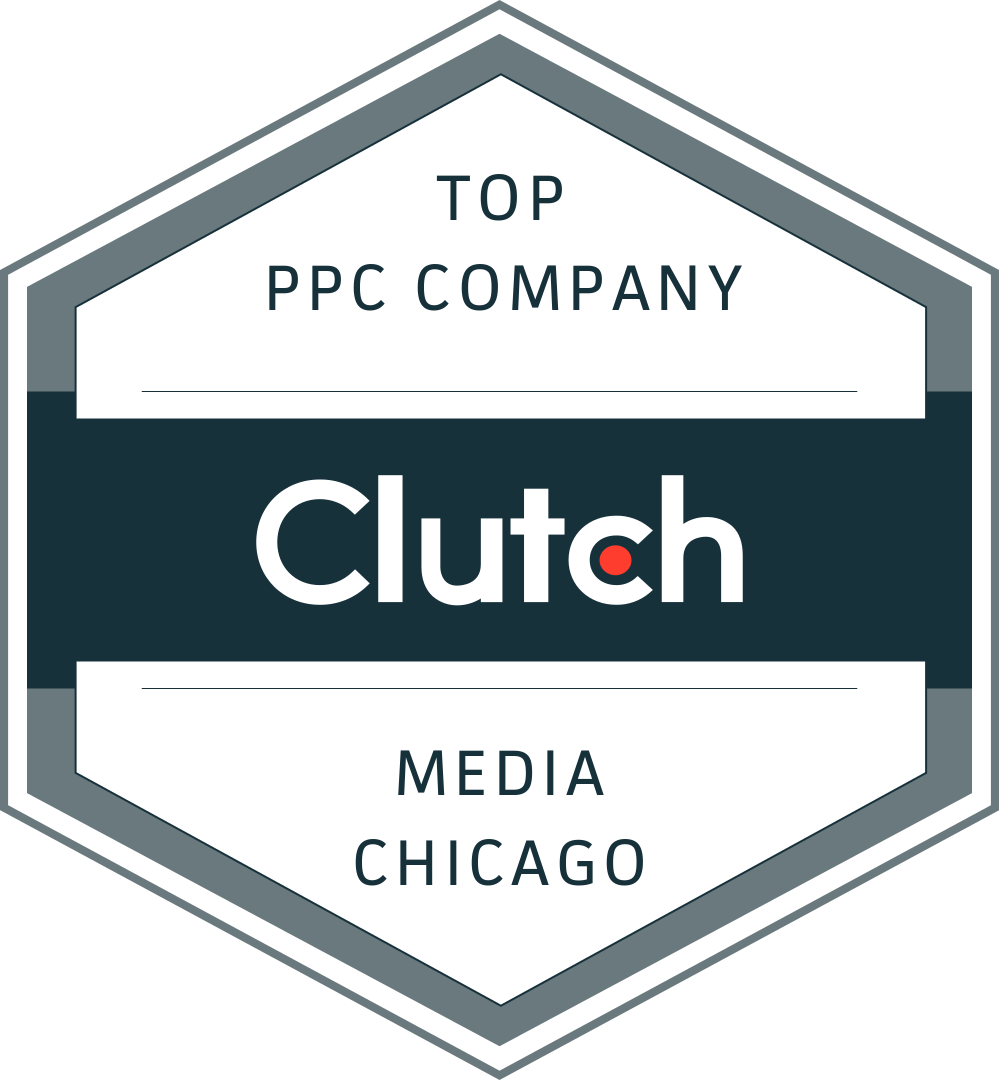Social media is difficult. When should you post? How often should you post? What content should you post? What channels should you sign up for? What KPIs should I measure?
You know what? We’ve got you! We’re going to make social media management a little less difficult. In this guide, you’ll find tips on what content types work best for each buying cycle stage, what content works best on some of the popular platforms, and when and how often you should post.
Let’s dig in!
Jump to a section:
- Buying Cycle Stages
- Social Media Posts Based on Buying Cycle Stages
- Mapping KPI’s to Strategy
- Strategy by Social Media Channel
- Best Posting Time and Cadence
Buying Cycle Stages
Build your social media strategy based on the buying cycle:
Awareness – At this stage, people are just getting to know your brand and what products, services, and/or solutions you offer.
Engagement – This is where your potential customers consider using your products/services/solutions. They engage with your blog. They download your white papers and case studies. They read reviews. They sign up for your newsletter. They request a free trial.
Conversion – After learning about your brand and engaging with your company, they’re ready to buy.
Social Media Posts Based on Buying Cycle Stages
Your social media posts need to be planned out. Otherwise, you’re sending content into the ether and you’ll see poor results. You also need to make sure you’re providing your social media followers with valuable content.
Awareness
Post types:
- Customer reviews
- 3rd party product comparisons
- New company hires
- Press interviews
- How-to videos
- Behind the scenes photos
Engagement
Post types:
- Blog post promotion
- Free trial codes
- Newsletter promotion
- New product launches
- Contests
- Webinar promotion
Conversion
Post types:
- Special deals
If you want help putting together your content, check out our “Beginner’s Guide to Content” for strategies, tactics, and assets to help you schedule and publish your blog posts.
Content Curation
Along with all of the above content, you need to make sure you’re sharing content that isn’t brand-specific. Your followers will tune out if everything you share is about your company. Share industry news from a 3rd party source or major publication. Participate in a popular hashtag on Twitter. Make sure to fill your feed with more posts about others than you do about your company. It’ll keep your followers engaged and coming back.
Mapping KPI’s to Strategy
You need to know what key performance indicators (KPIs) to track for each stage of the buying funnel. Not every stage should track the same KPIs, or else you’re going to be unhappy about the ROI for each of your campaigns. Depending on the buying funnel stage, here are the KPIs you should track:
Awareness
- Social shares
- Social impressions
- Website impressions/visits from social
Engagement
- Social shares
- Post comments
- Link clicks
- Email/newsletter signups
- Free trial signups
- Contest entries
- User-generated content
Conversion
- Assisted conversions/sales
Strategy by Social Media Channel
You don’t need to sign up for every social media channel. Depending on your goals, your industry, and what you plan to share, you’ll find some platforms are better than others. Let’s run through a couple of popular social media channels and talk about what you should share on each.
Videos are the most popular type of Facebook post, followed by images. All of your how-to videos should be shared on Facebook, along with videos of user reviews, and any webinars you host. Try not to post only text. Make sure every Facebook post has a link to a blog or an accompanying image to increase engagement.
Instagram should be for Images and videos only. Infographics, snippets of how-to videos, images of customers using and enjoying your product/service, and behind the scenes photos or your company and employees. Leave the blog post promotion for Facebook, Twitter, and LinkedIn.
Share your high-level content here. White papers, industry data, survey data. LinkedIn is where you establish your industry knowledge and expertise.
Twitter should be your catch-all platform. Every one of the above strategies can be used on this channel. Make sure to research relevant hashtags and add at least three in each post.
Best Posting Time and Cadence
There are numerous studies that show the best time to post on social media. They’re all a crock. The best time to post on social media is whenever your audience wants to engage with your content. Test posting at different times throughout the day and see when you get the most engagement. That will tell you the best posting time for your channels.
As for how often you should post content, try for once a day on each channel you operate. As you measure the success of each channel, you can up your posting cadence to get more engagement and shares. You can also lower posting for the less successful channels so your time and efforts have a high ROI.
Once you have a solid organic social media strategy, you may want to think about adding a paid strategy to improve your success and fill your sales pipeline. Check out our “Paid Social Media Beginner’s Guide” for additional strategies to help you achieve success.










